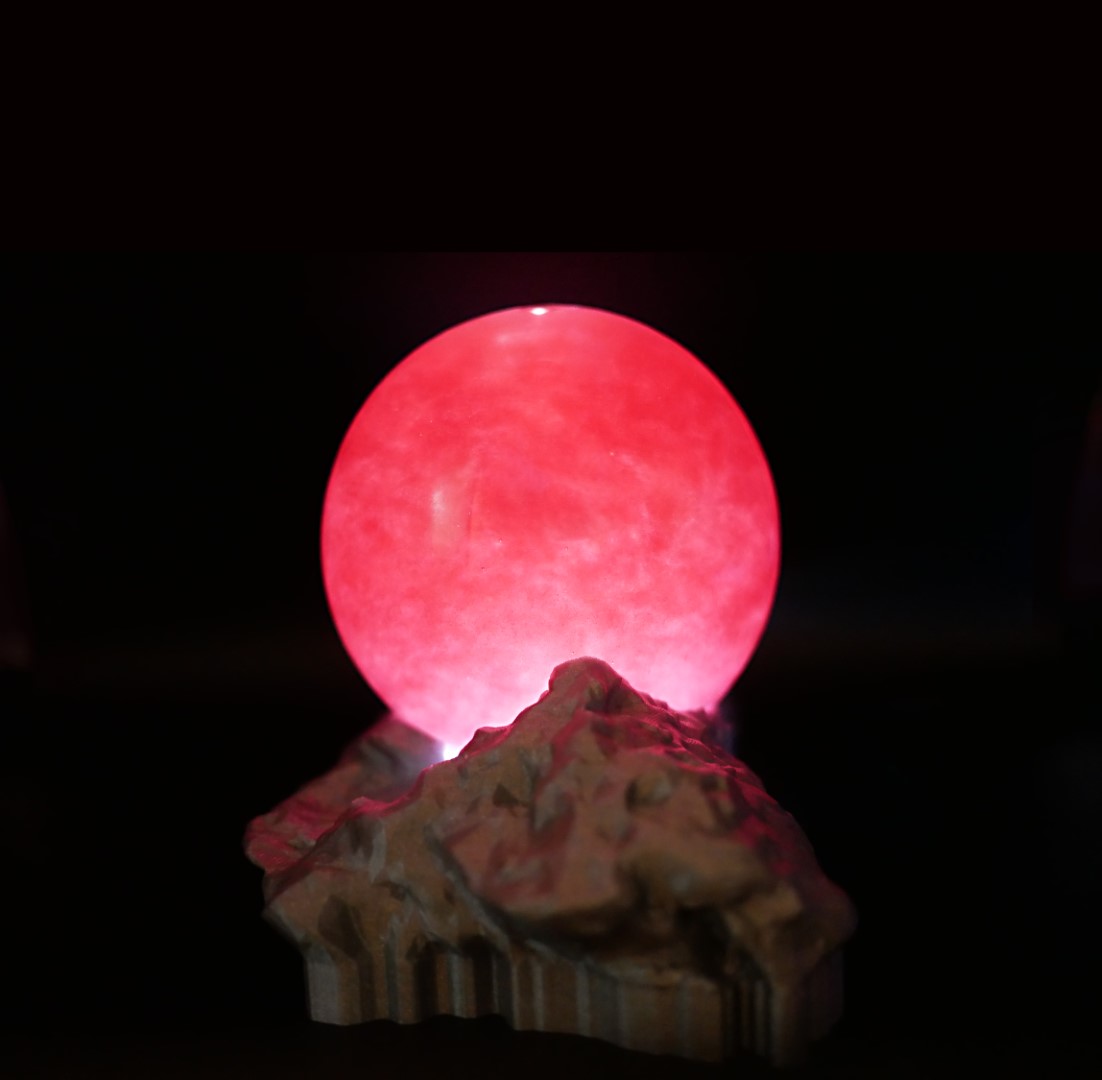
Are you the kind of person who likes a good storm? Staying inside and warm while lightning flashes and the wind lashes the rain around is something I have always enjoyed. What if you could capture that feeling in a sphere that you could keep on your desk?
SEEING TURBULENCE
Rheoscopic fluids allow the currents and turbulence in liquids to be seen. They’re typically made with mica, a mineral that forms small, shiny flat plates that easily move within a fluid. The reflection of light off the mica turns the turbulence into a mesmerizing display.
You can find large spinnable round vessels filled with rheoscopic fluids in science museums (such as the Glasgow Science Centre shown in the video above) to demonstrate atmospheric flows over the surface of a planet, or as art displays (most famously, the Kalliroscopes of Paul Matisse), or even in your living room (the Rheoscopic Disc Coffee Table by Ben Krasnow, Make: Volume 47).

Making a rheoscopic fluid is simple, and it’s easy and inexpensive to buy the mica flakes, because they’re used in manufacturing soap, bath bombs, and makeup. I thought it might be interesting to try to shine a light from behind a rheoscopic fluid display, rather than just relying on reflected light to flash off the mica.

A quick test showed this to be an interesting effect.
The turbulence reminded me of a storm, so I thought it would be fun to bottle some lightning as well!

















